“So many people are shut up tight inside themselves like boxes,
yet they would open up, unfolding quite wonderfully,
if only you were interested in them."
Sylvia Plath, Initiation

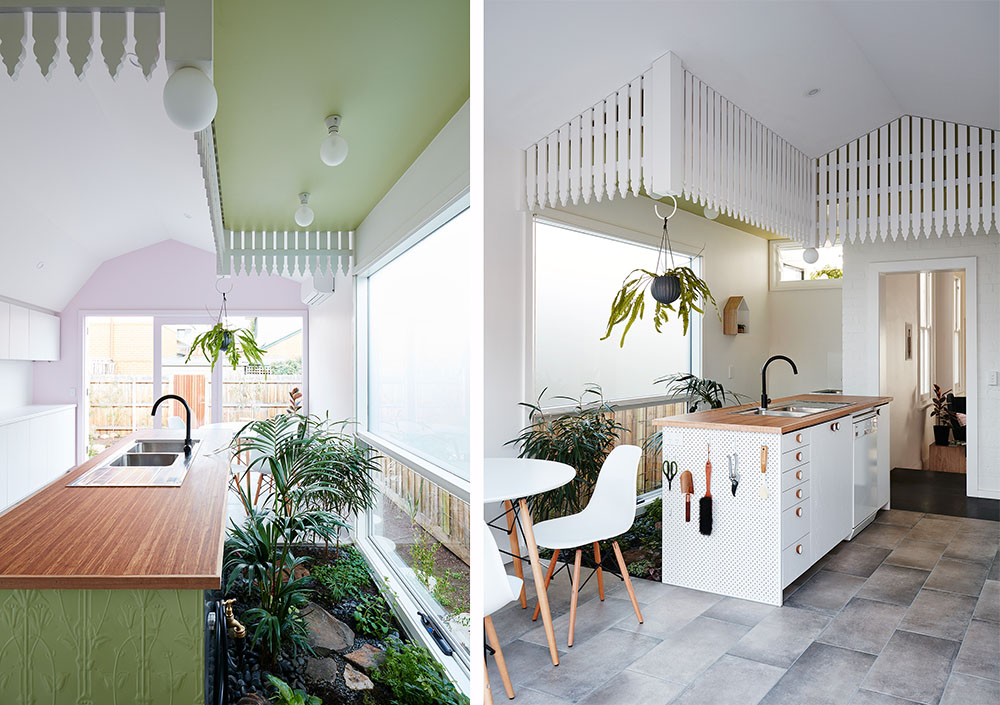
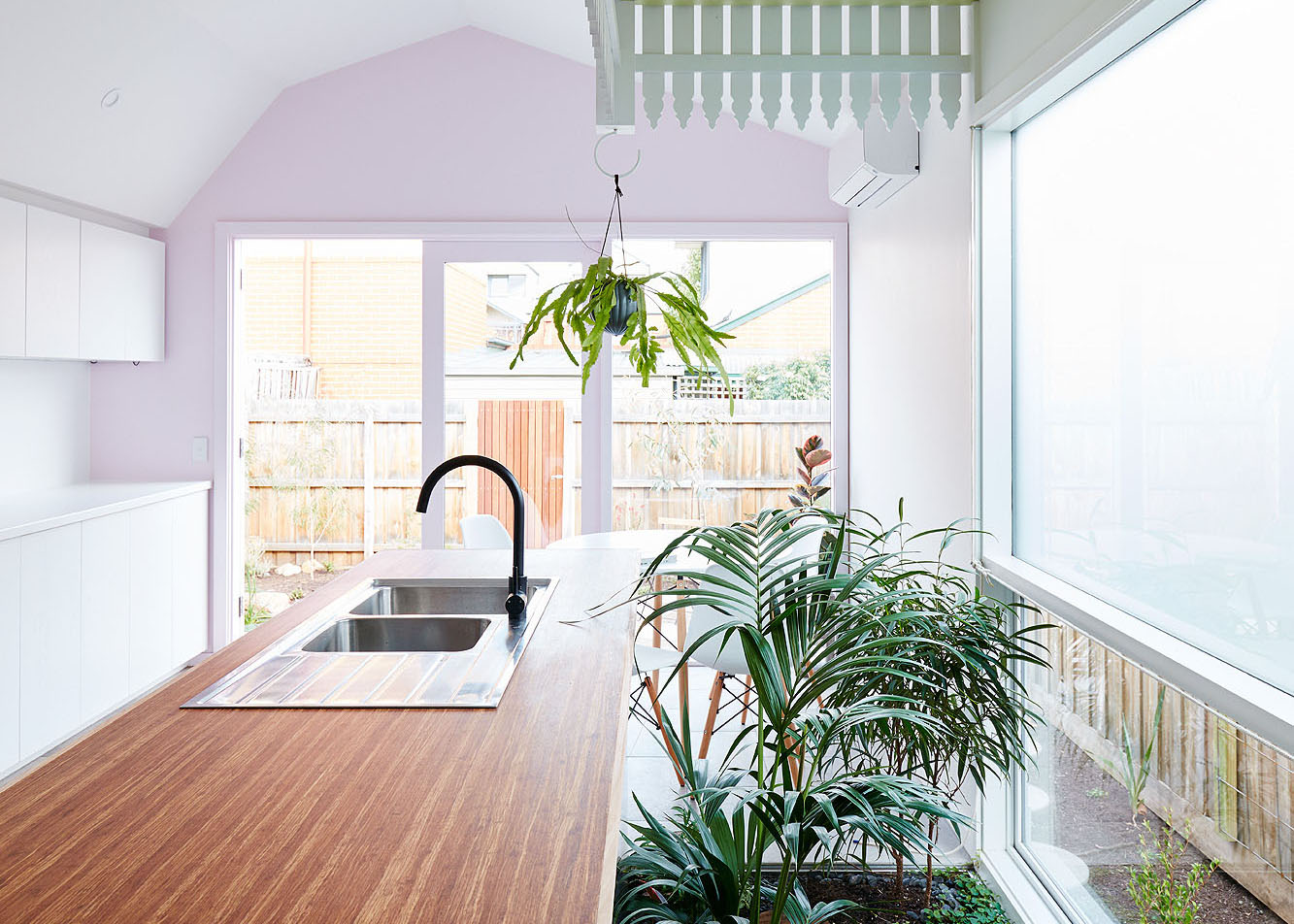
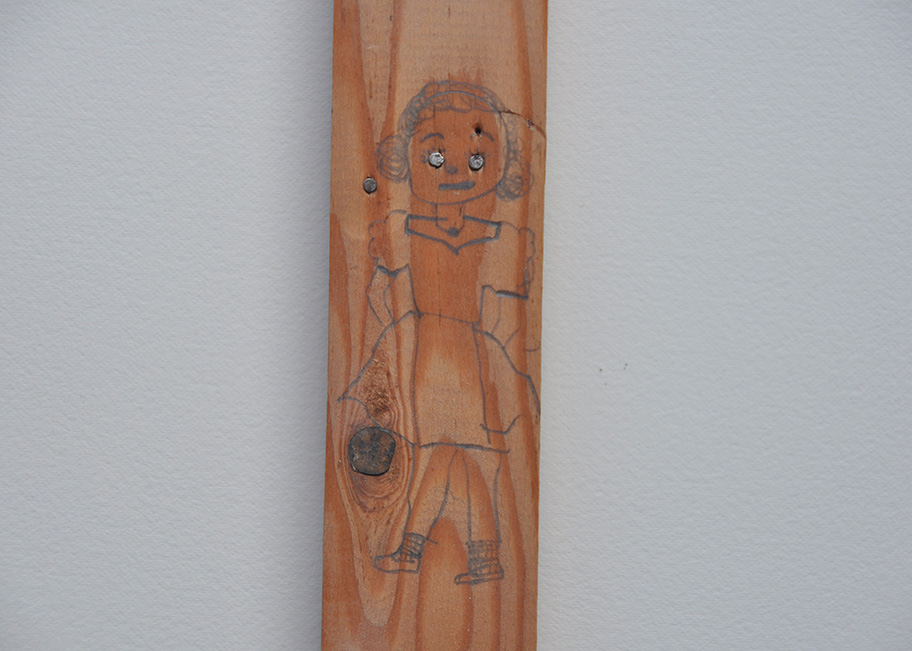
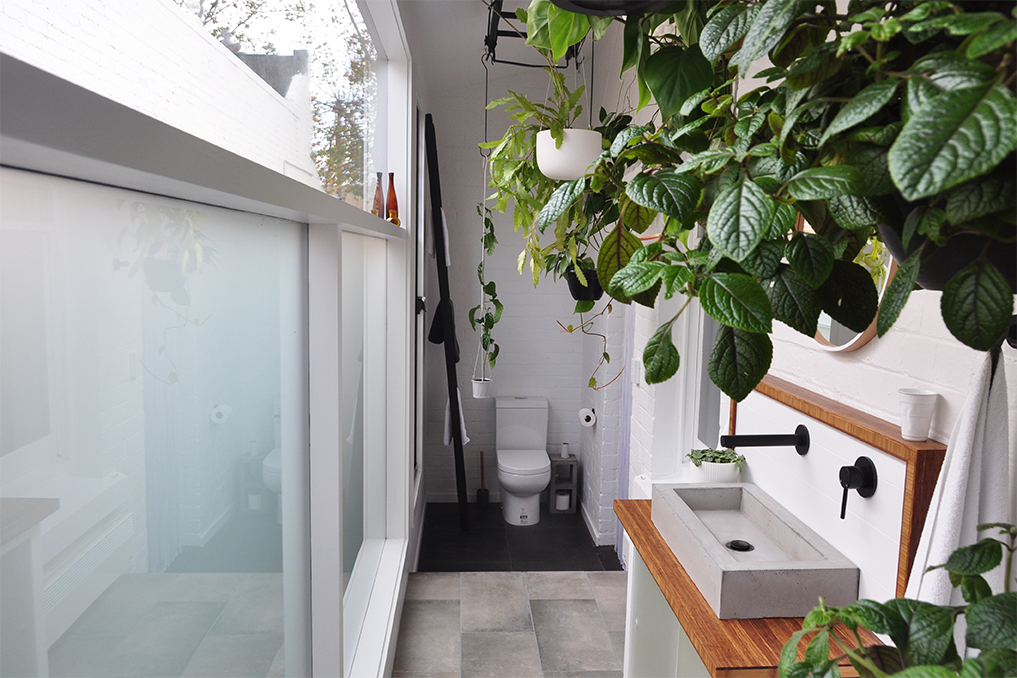
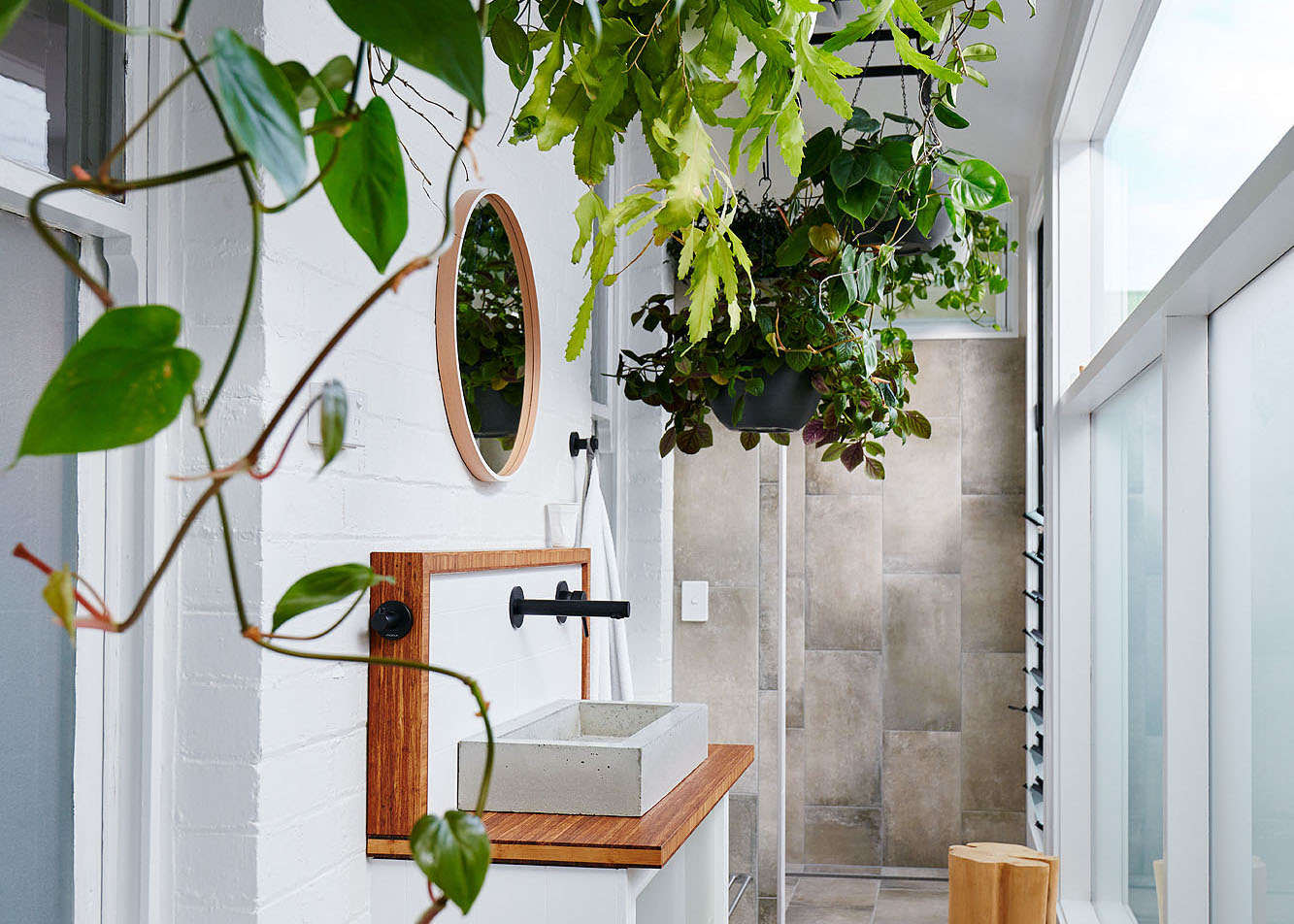

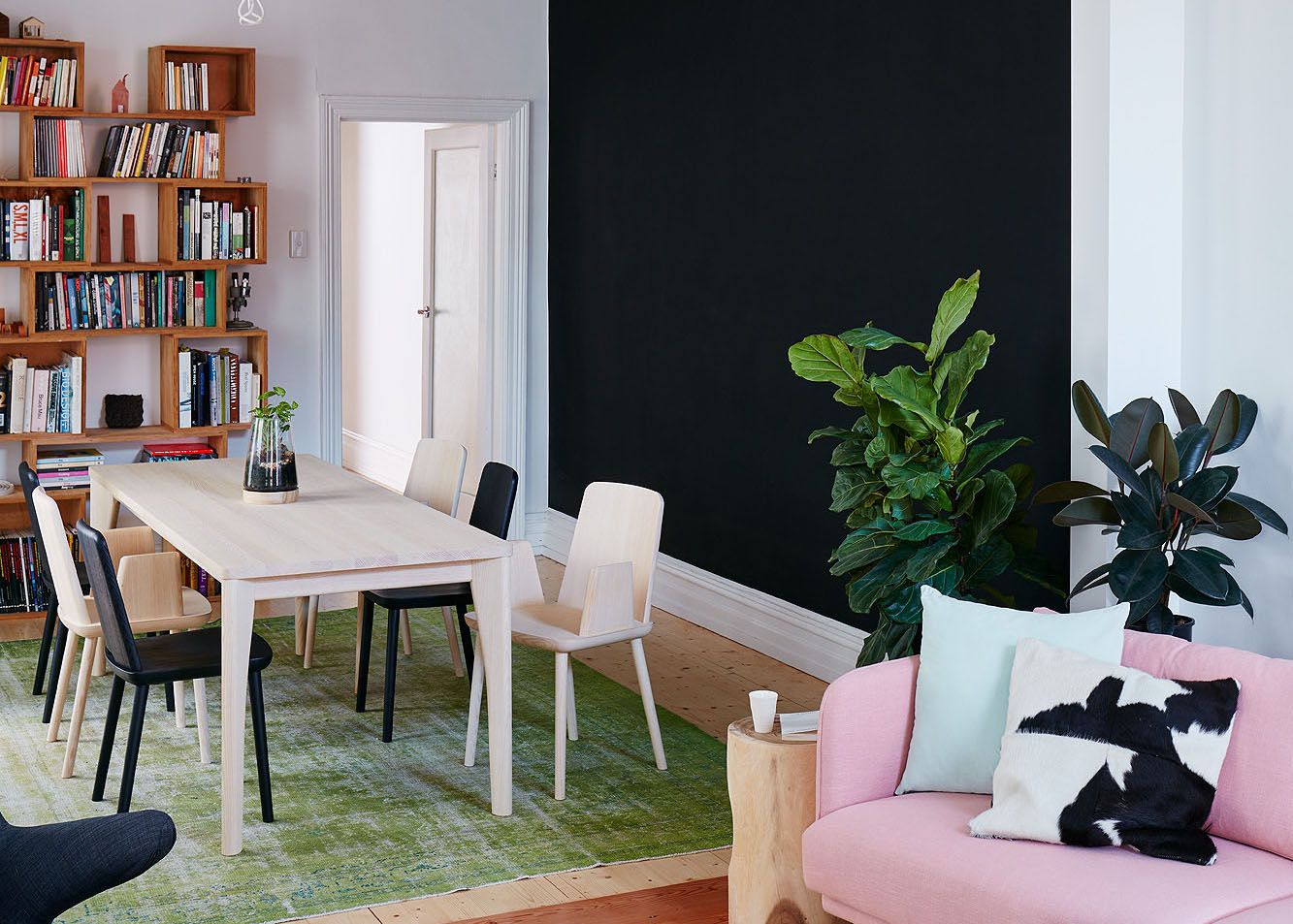
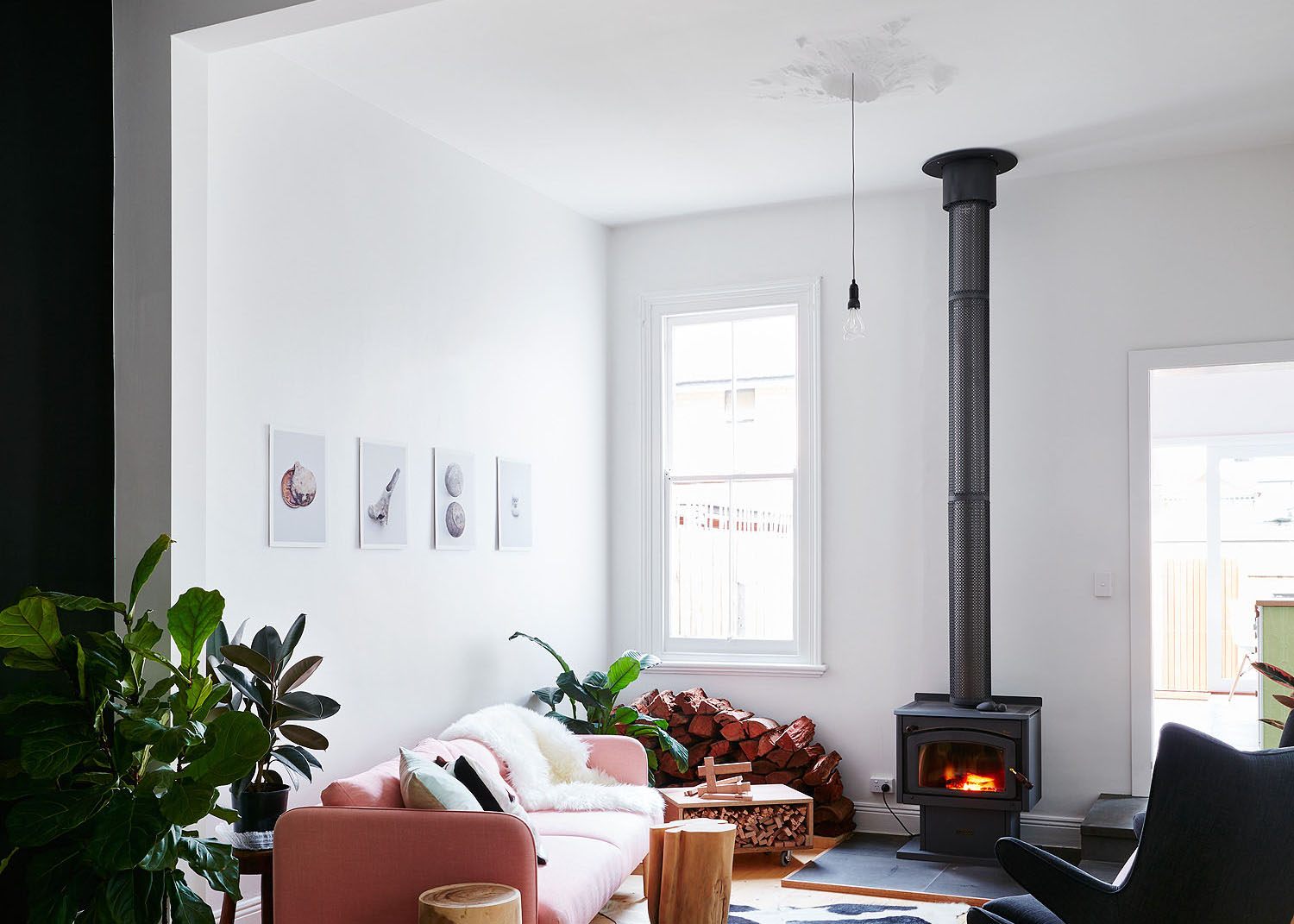
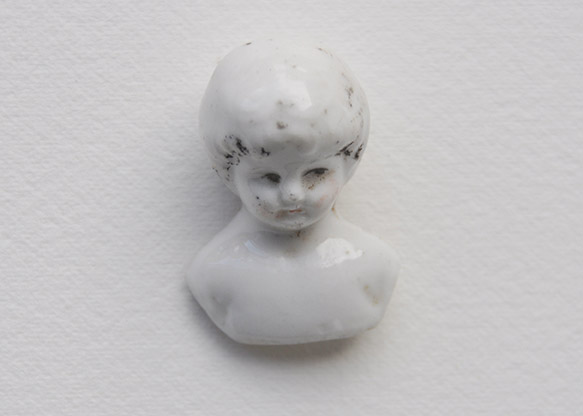
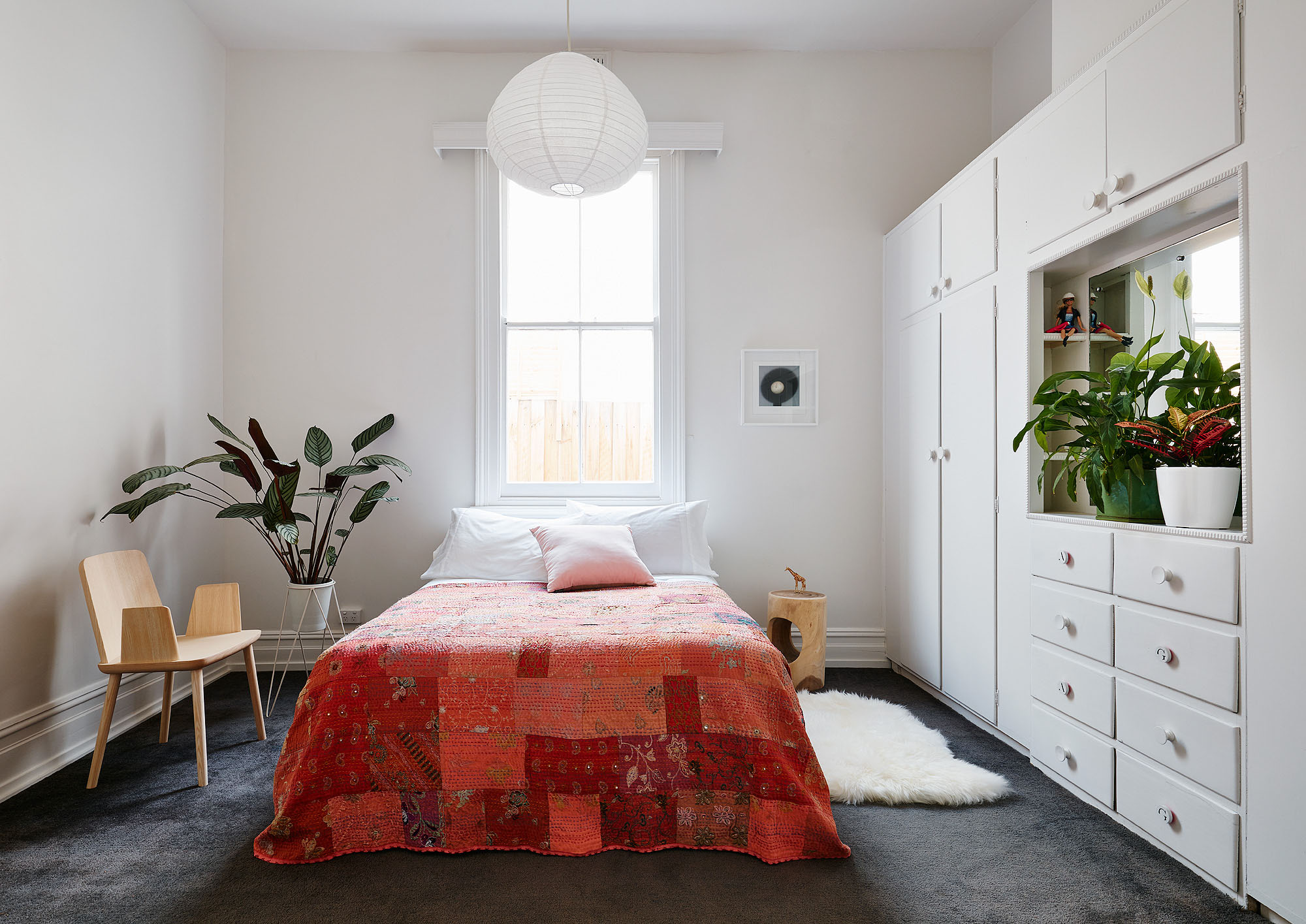
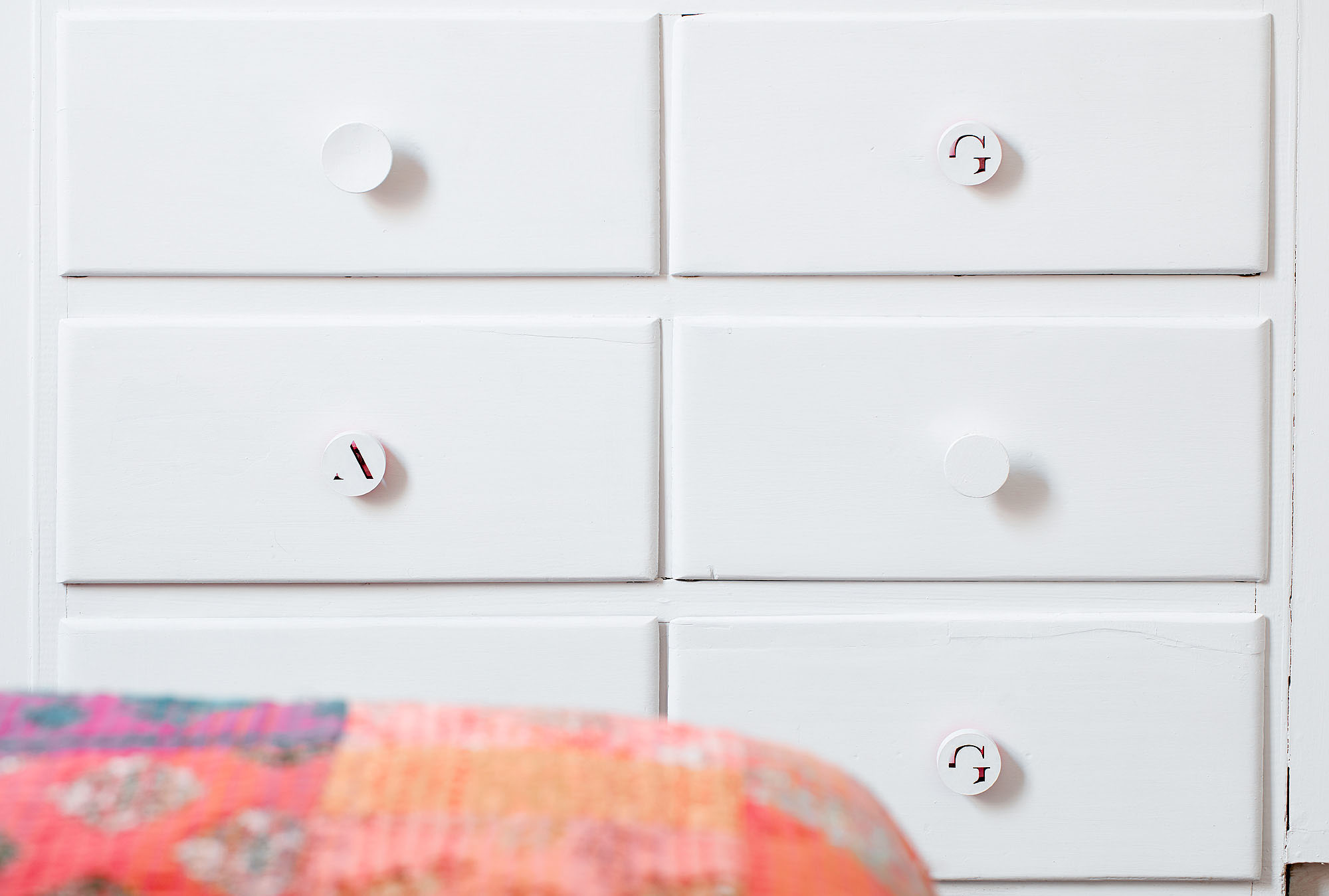
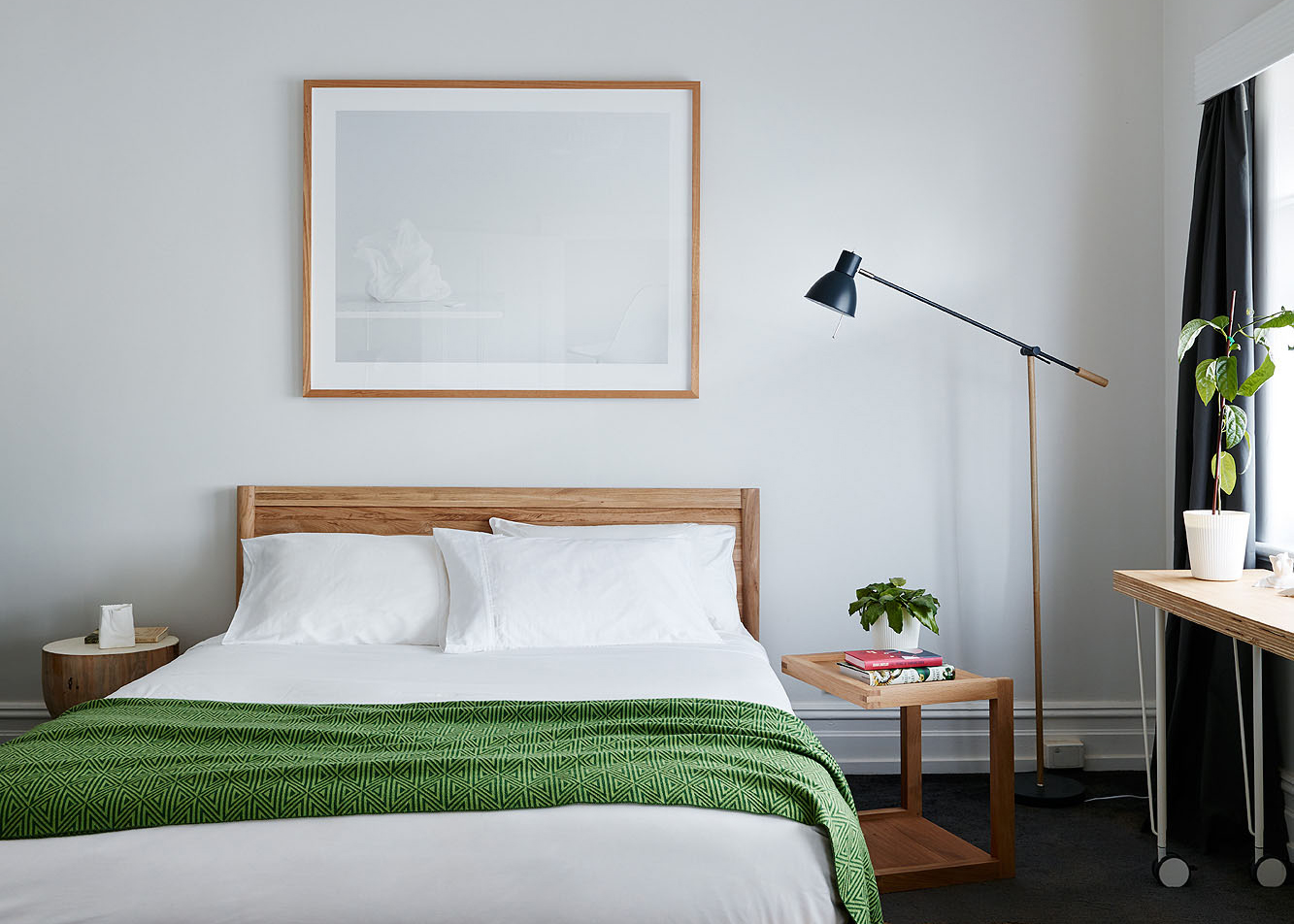
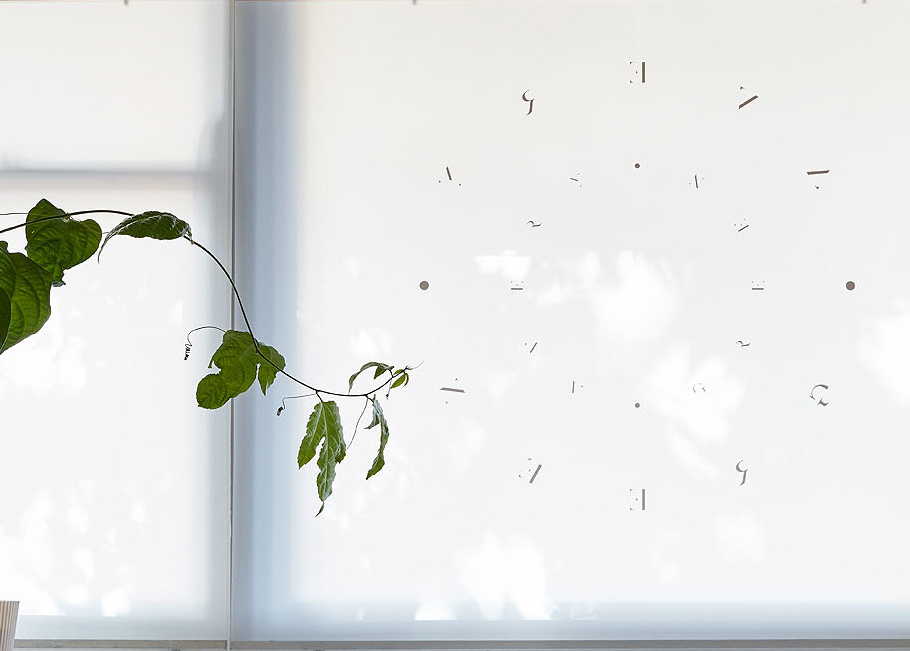
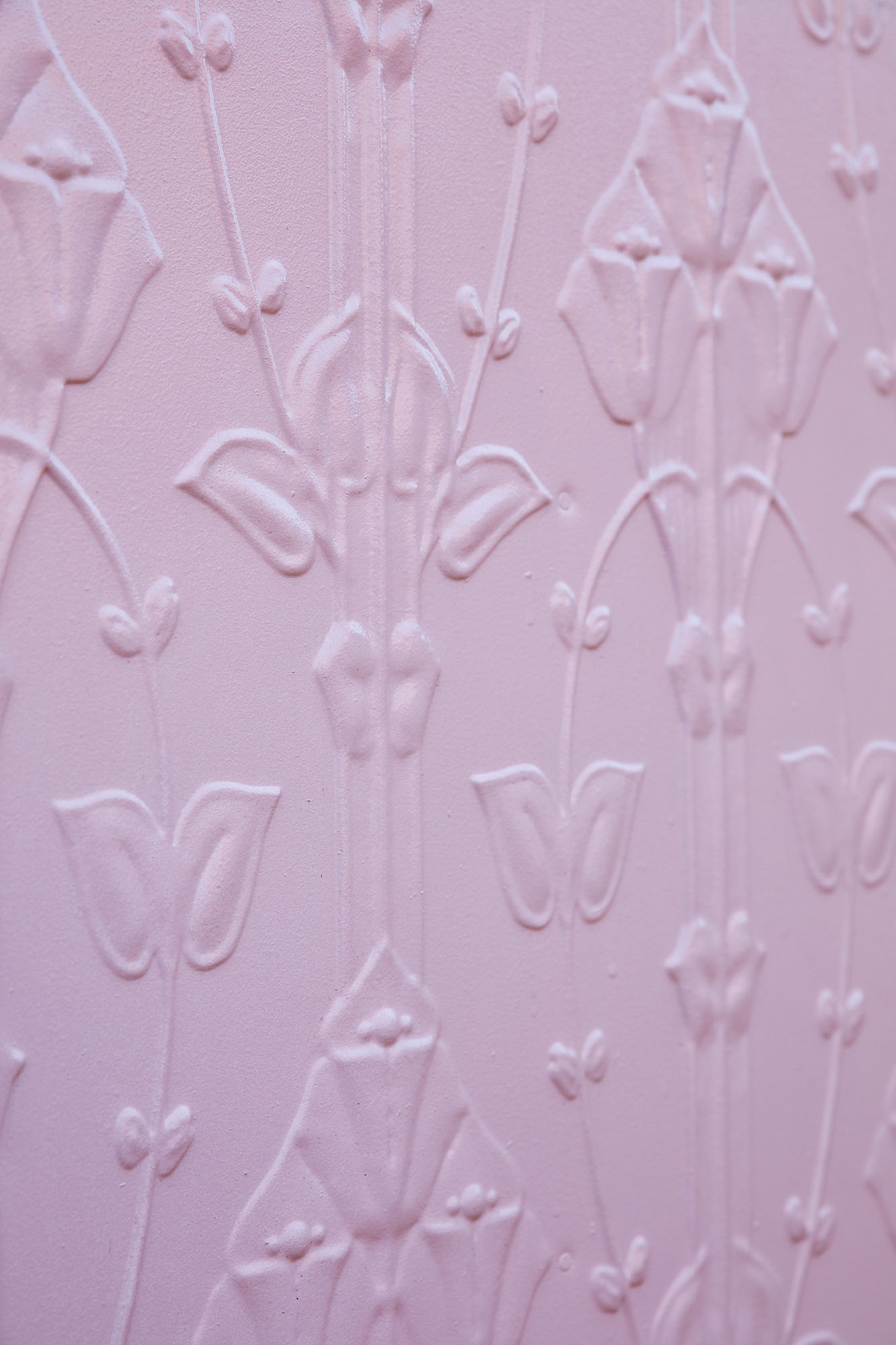
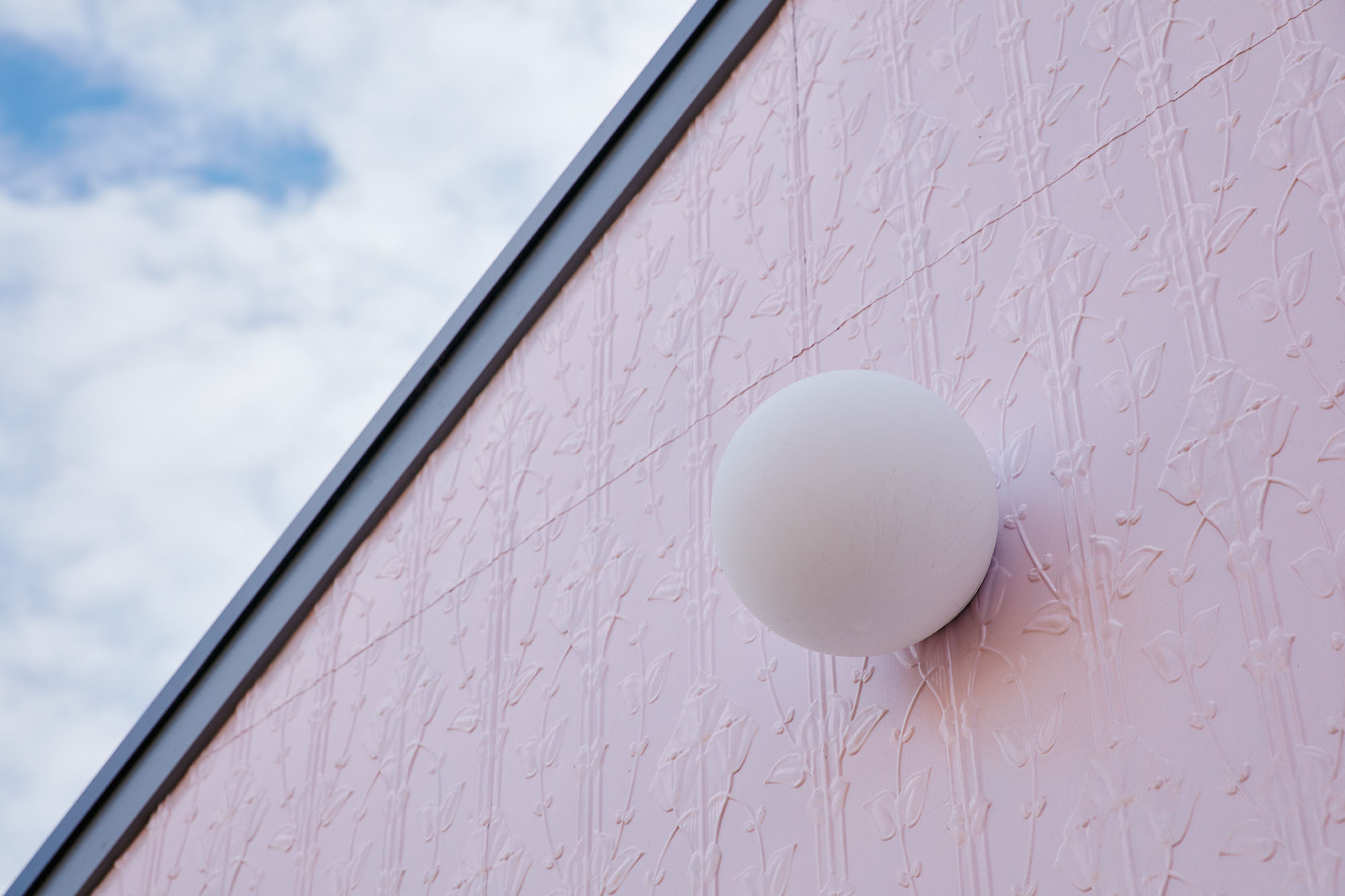

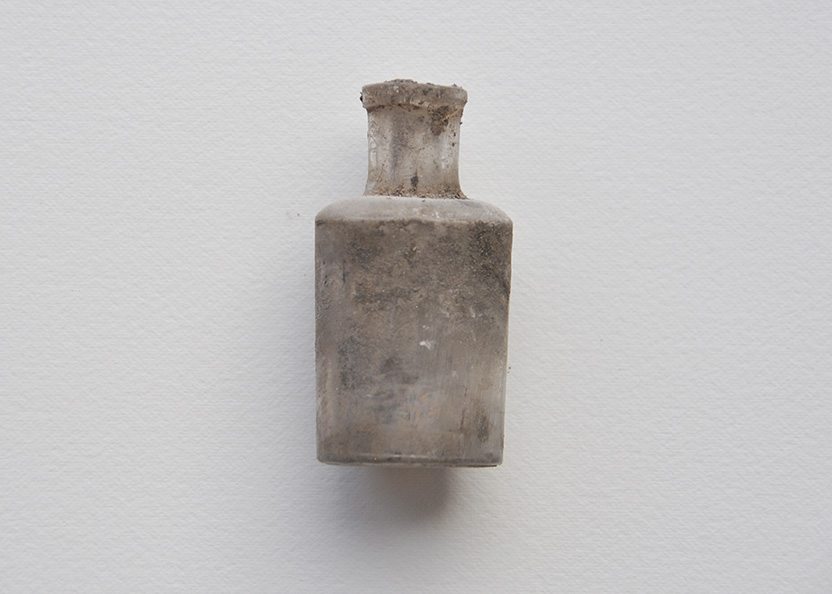
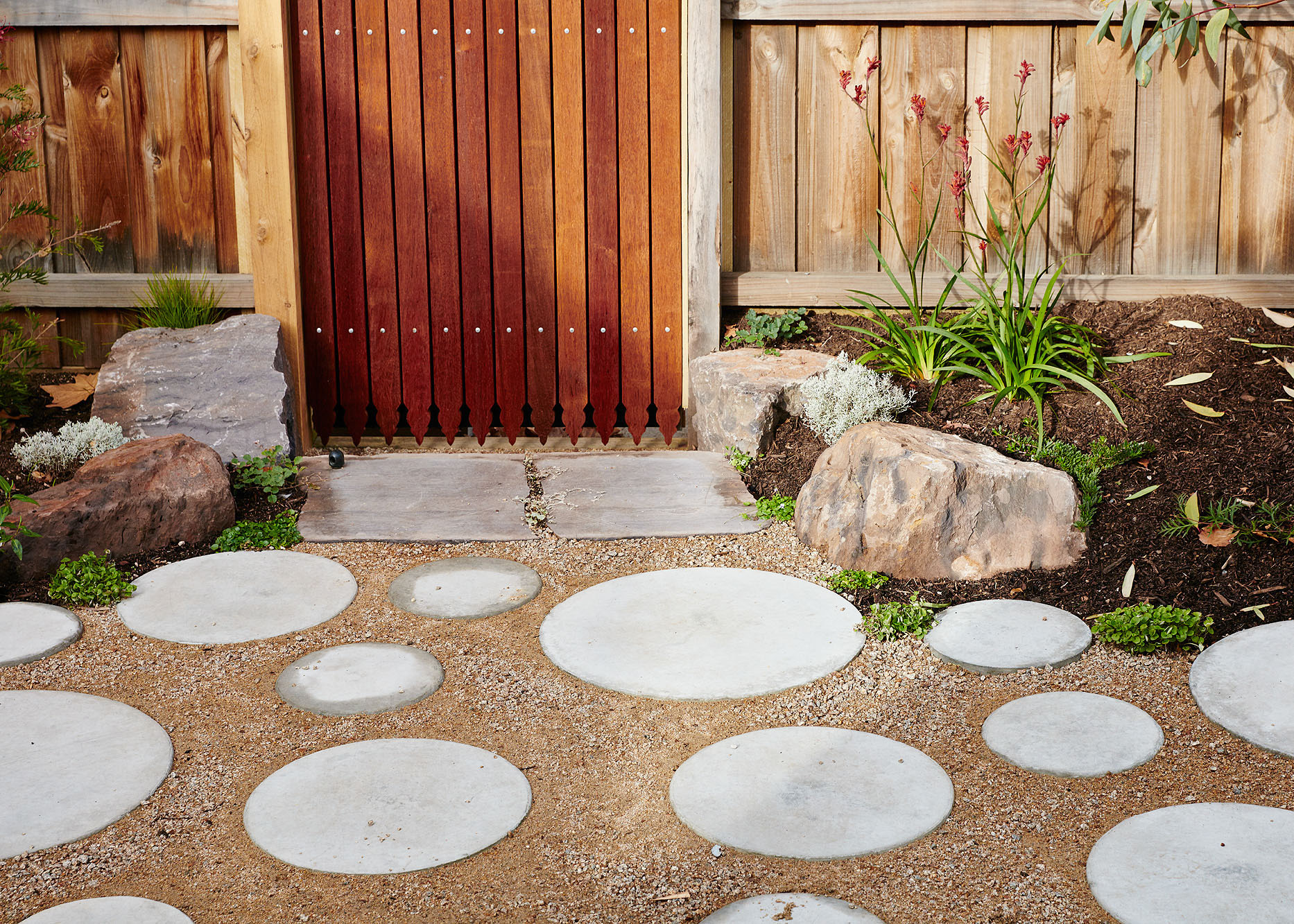
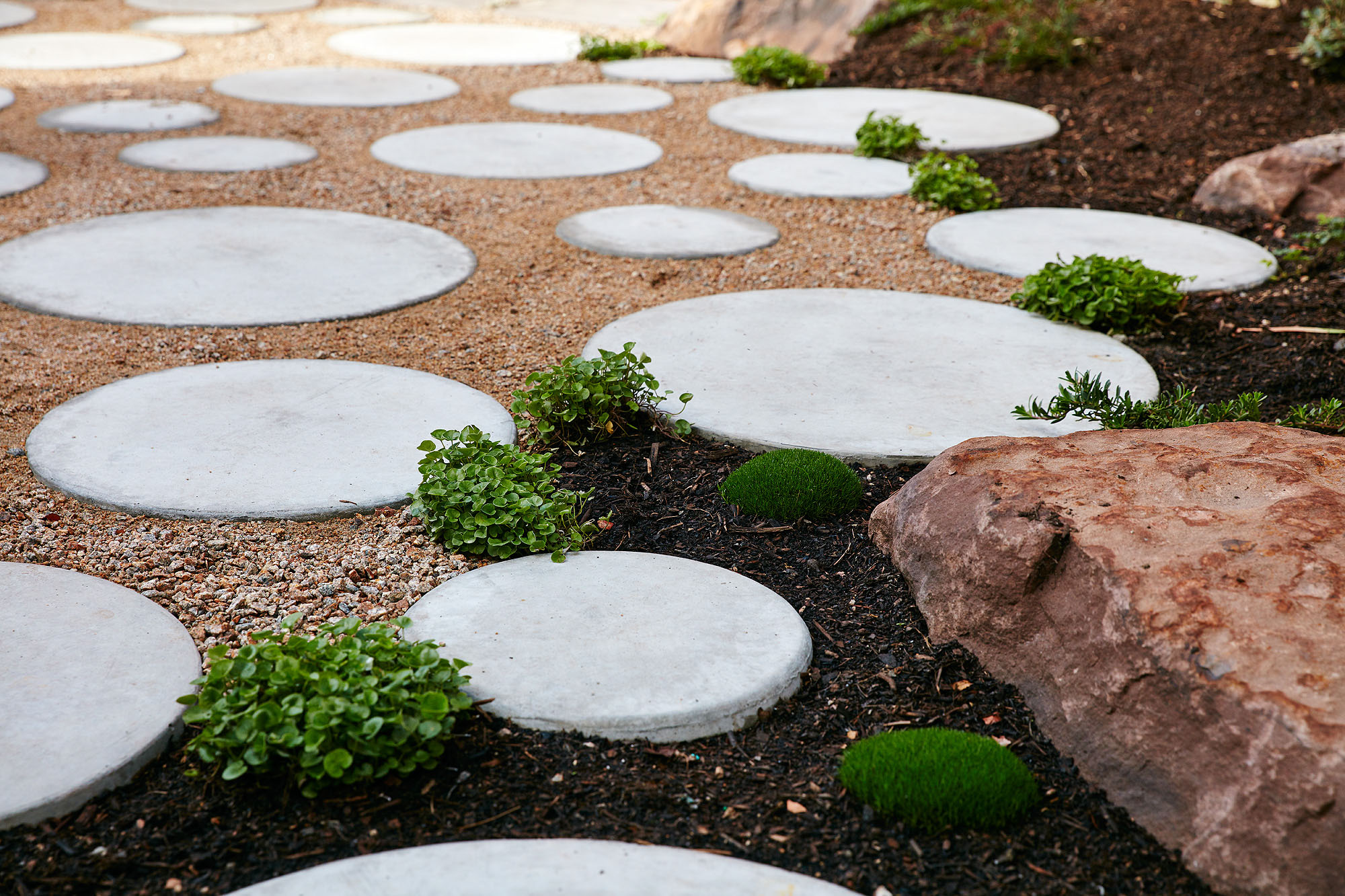
architectural photography by Lucas Allen I object photographs by Pia Ednie-Brown
Avery Green is a house with a long history, poised toward the future. Over her more than hundred year life span, she has had gone through a transformational make-over every 60 years; built around 1895, extended in 1955, and again in 2015. Her story, as it developed through the process of work in 2015, became understood as part of much bigger, geological time-frames and actions (see ‘A Vital, Architectural Materialism’).
As discussed in a 2015 TED Talk, her recent renovation and extension was approached as a process of getting to know her as a 'person' – both drawing on her character and allowing it to transform. While I had already gathered a sense of her disposition while living with Avery for 6 years, ushering her through a significant architectural transformation allowed me to know her in new ways, experiencing emerging qualities that I guided her toward in my role as designer. An important step was to give her a name, through which her qualities started to coalesce.
I had to let her go, and wanted to get her in good shape before we parted ways. The process of selling presented a dilemma of sorts: the exchange of documents such as a 'contract of sale' renders the idea of 'ownership' unavoidable, but I want to argue that we don't have think of houses in this way.
Houses are generally considered to be ‘property’: an entity owned by someone – like wives used to be. Much like the way marriage has and continues to be redefined, relationships with our houses seems worth reconsidering. In a time where one’s house is increasingly considered to be an investment, rather than simply a home, it becomes important to rethink the connection we have with our house, and what constitutes a home. It remains true that we buy a house in a way that one doesn’t buy a life partner, but the merging of financial assets into and with one another bears some similarity: today’s mortgage scenarios generally mean that your finances are inseparable from your house. But in many more ways than this financial merger, a house becomes part of a family whether ‘owned' or rented – by moving in you enter into a relationship with it. You live with it every day – it influences your daily activities, your moods, your health. One might protest that, unlike a marriage of humans, the house doesn’t have the capacity to choose you in the way that you might choose it. However, one could argue that houses have character and personality that we are attracted to, or not, and that by virtue of what they are, they choose us as much as we choose them. It’s not uncommon for people to talk about ‘falling in love’ with a house – didn’t the house actively present something of its character in order for that affection to arise? Some believe this kind of affection occurs only through projection – that people project desires, etc onto things, where these ‘things' are rendered entirely passive. This can be the case, but it doesn't necessarily hold true, and the more we can open ourselves up to listening deeply to the things around us, the more connected to the world we can become.
My hope is that fostering a sense of personal relationship with the buildings we inhabit will also encourage deeper awareness, care and respect for our environments more broadly. I believe that that the more we can connect meaningfully with places (including buildings), the more vitality we cultivate for ourselves and for each other. Certainly, the process of working with Avery Green has helped me personally in this way. My hope is that Avery Green can offer as much to whomever comes to live with her in the future.
This web site has been made to help cultivate that relationship - by providing access to aspects of Avery that might be difficult to know otherwise.
Pia Ednie-Brown, onomatopoeia


